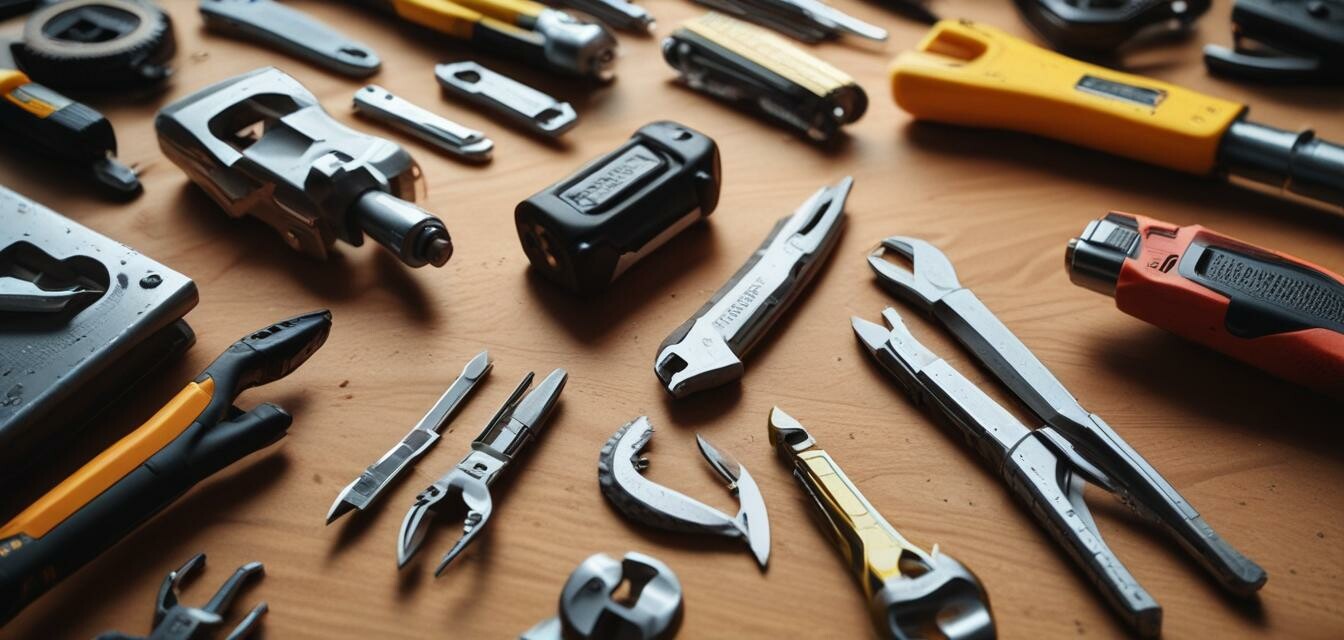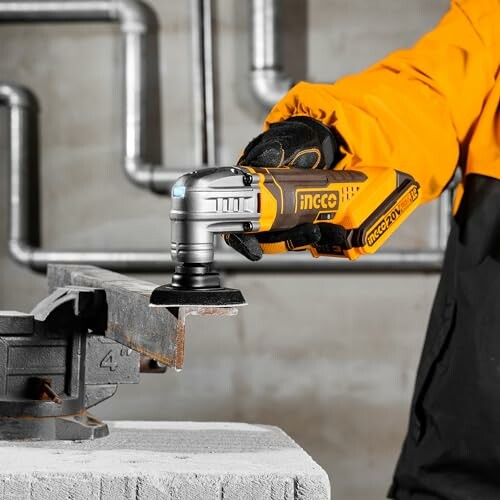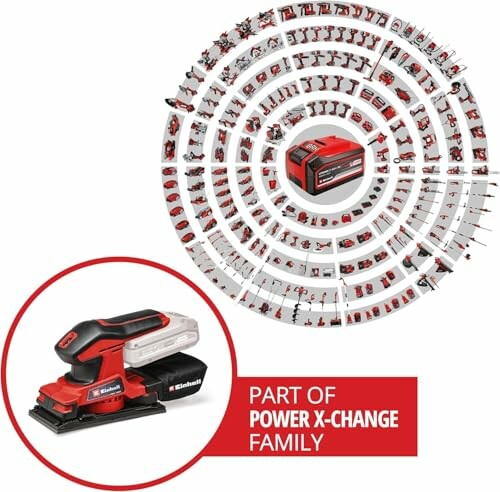
Gain Precision: How to Use a Multi-Tool Effectively
Key Takeaways
- Understand the different attachments available for multi-tools.
- Adjust the speed settings based on the task for optimal results.
- Always ensure safety gear is used when operating any power tool.
Multi-tools are versatile and powerful devices that can help you tackle numerous projects around your home or workshop. Whether you're cutting, sanding, or polishing, using a multi-tool effectively can bring precision and efficiency to your work. In this guide, we’ll dive into the features of multi-tools, tips for usage, and showcase some recommended products to enhance your toolset.
1. Understand the Multi-Tool
A multi-tool can serve multiple purposes at home, especially for DIY enthusiasts. Its design allows for various attachments, making it adaptable to many tasks.
- Oscillation Angle: Most multi-tools oscillate, allowing for cleaner cuts and less material loss.
- Speed Settings: The ability to adjust speed lets you perform different tasks with precision.
- Interchangeable Blades: A range of blades or attachments can be swapped out based on the project requirements.
2. Safety First
Before diving into any project, it's vital to ensure safety standards are followed:
- Wear safety goggles to protect your eyes from debris.
- Use gloves to protect your hands.
- Ensure your workspace is clean and free from hazards.
3. Choosing the Right Attachment
Your project will dictate which blade or attachment you need. Below is a quick summary of attachments:
| Attachment Type | Best For |
|---|---|
| Sanding Base | Sanding flat surfaces, edges, and corners. |
| Cutting Blades | Cuts through wood, drywall, and other materials. |
| Scrapers | Removing paint, adhesives, or excess material. |
4. Tips for Efficient Usage
Tips for Beginners
- Begin with softer materials to practice blade control.
- Keep the tool moving to prevent overheating; static work can burn blades.
- Clean the area regularly to have a clear view of your work.
5. Recommended Multi-Tools
To get started, consider these excellent multi-tools that stand out in the market:
INGCO Cordless Multi Tool
With 6 variable speeds and an oscillation angle of 3.2°, this multi-tool is perfect for cutting, sanding, and more. Comes with battery and charger.
Explore NowProduct Specs
| Feature | Details |
|---|---|
| Voltage | 20 Volts |
| Power Source | Battery Powered |
| Oscillation Angle | 3.2° |
Einhell Power X-Change Cordless Orbital Sander
Lightweight and portable, perfect for sanding flat surfaces with dust collection features. Great for wood, plaster, and metal.
See Product6. Maintenance Tips for Multi-Tools
To ensure your multi-tool performs at its best, regular maintenance is essential:
- Clean attachments after each use to prevent build-up of debris.
- Store in a dry place to avoid rust.
- Check for any loose components before operating.
Conclusion
Mastering the use of a multi-tool can greatly enhance your DIY skills. With practice and the right techniques, you can undertake various projects that require precision and quality. Always remember to prioritize safety, select the appropriate attachments, and keep your tools well-maintained. Happy crafting!


